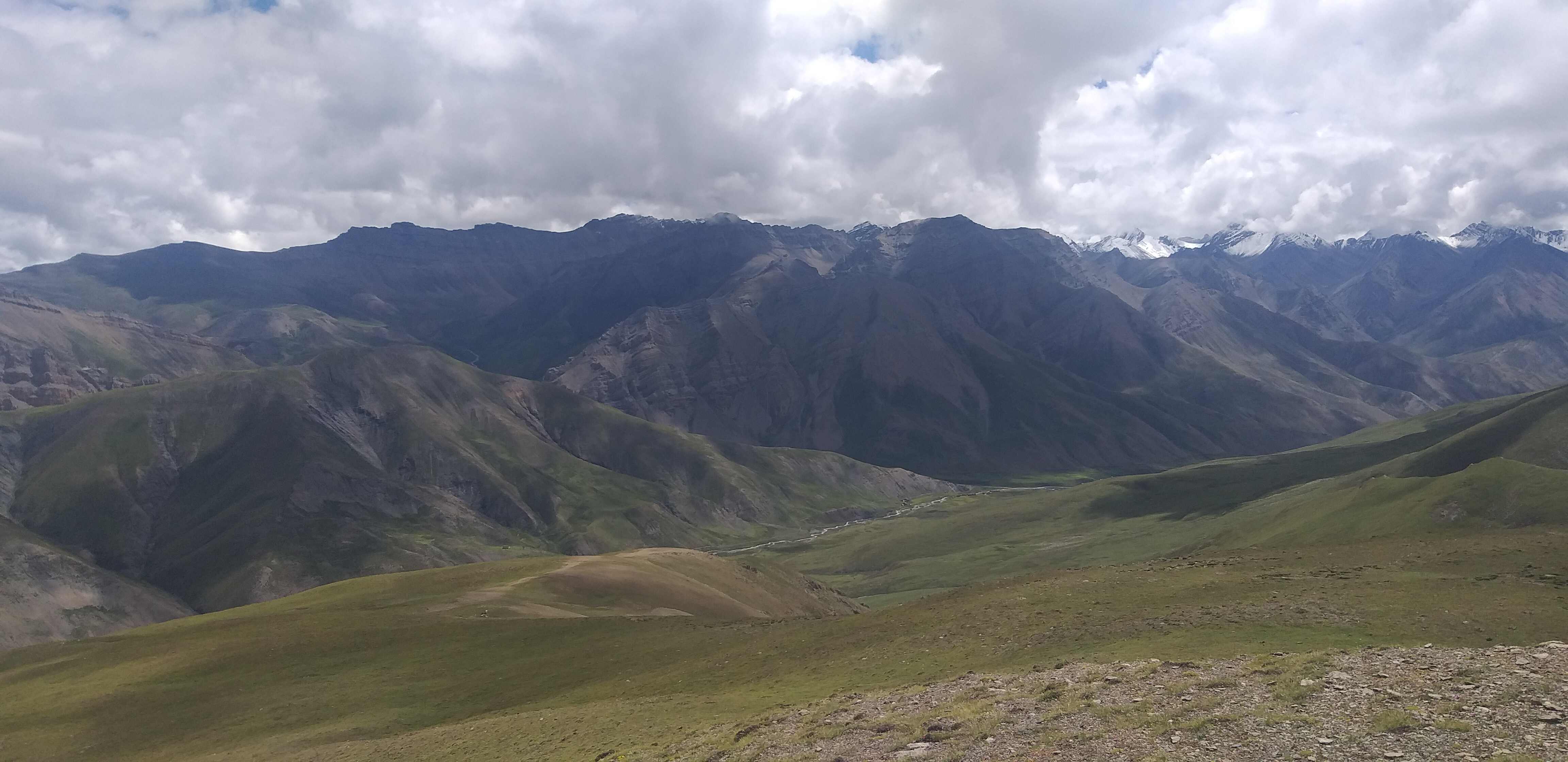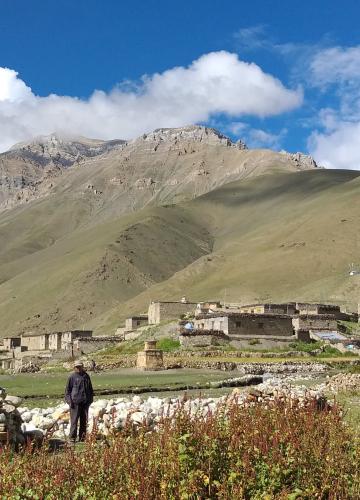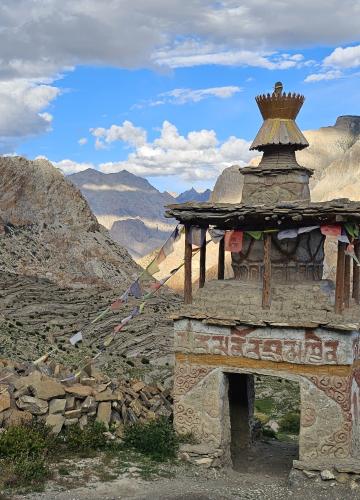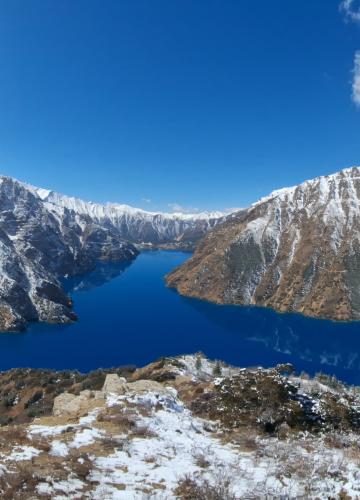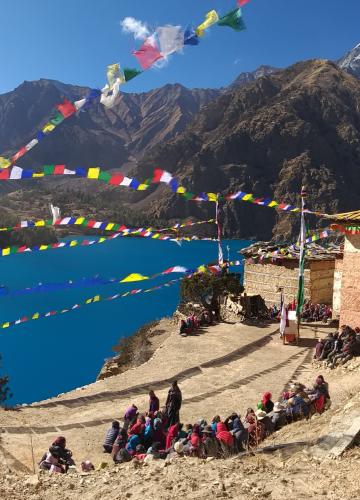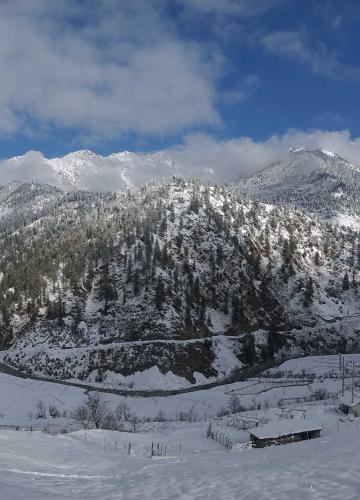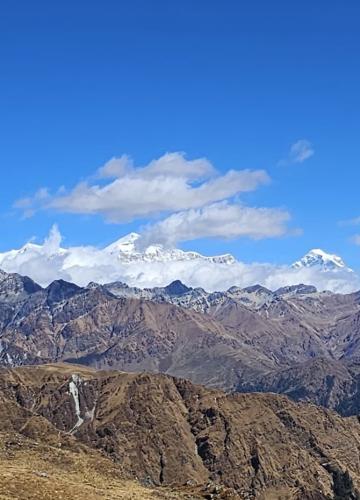Inner Dolpa Treks offers you stunning landscapes and culture. This trek starts at Juphal Airport and ends at Juphal Airport. The Inner Dolpo Trek in Dolpo, Nepal, is a remote and rugged trekking route that takes you through some of the most pristine and untouched landscapes in the Himalayas. Dolpo is renowned for its dramatic scenery, ancient Tibetan Buddhist culture, and unique flora and fauna.
The Inner Dolpo Trek usually takes around 3 to 4 weeks to complete and involves crossing high mountain passes, traversing deep valleys, and visiting traditional Tibetan villages along the way. Highlights of the trek include the stunning Phoksundo Lake, Shey Gompa (a centuries-old monastery), Dho Tarap Valley, and the chance to encounter the semi-nomadic people who call this region home.
Trekking in Inner Dolpo requires a certain level of fitness and preparation due to the remote and challenging nature of the terrain. Trekkers often need to be self-sufficient, as facilities such as lodges and teahouses are limited in this area. Permits are also required to enter the Dolpo region, so it's essential to arrange these in advance through a registered trekking agency. The Inner Dolpo Trek offers a truly immersive wilderness experience for those seeking adventure and solitude in the Himalayas.
